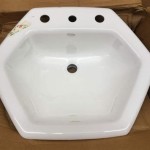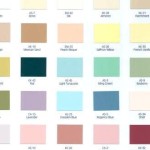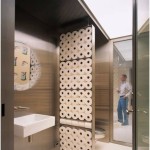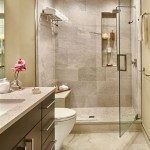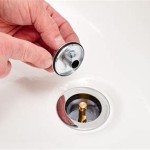Bathroom Fan Code Requirements: Ensuring Safety and Ventilation
Ensuring proper ventilation in bathrooms is crucial for maintaining indoor air quality, preventing moisture buildup, and mitigating the risk of mold growth. To address these concerns, building codes establish specific requirements for bathroom exhaust fans. These codes, typically developed by local jurisdictions or organizations like the International Code Council (ICC), prescribe the minimum standards for fan size, airflow capacity, and installation. Understanding these requirements is essential for homeowners, builders, and contractors to ensure compliance and create a safe and healthy living environment.
Minimum Fan Size and Airflow Capacity
Bathroom exhaust fans are rated based on their airflow capacity, measured in cubic feet per minute (CFM). The required CFM for a bathroom fan depends on the size of the room. Code requirements typically specify a minimum CFM based on the square footage of the bathroom. For example, a smaller bathroom of 50 square feet might require a fan with a minimum CFM of 50, while a larger bathroom of 100 square feet may necessitate a fan with a minimum CFM of 100. It's crucial to consult the specific codes applicable to your location for accurate CFM requirements.
In addition to square footage, other factors can influence the required CFM, such as the presence of a shower, bathtub, or multiple fixtures. These elements contribute to increased moisture production and necessitate higher airflow capacity to effectively remove steam and humidity. Some codes may specify additional CFM requirements for bathrooms with specific features, such as a separate shower stall or a whirlpool tub.
Installation Requirements
Proper installation of bathroom exhaust fans is as critical as selecting the right fan size. Codes typically prescribe guidelines for fan placement, ductwork, and termination. These recommendations aim to optimize ventilation efficiency and prevent issues like backdrafting or airflow obstruction.
Exhaust fans should be installed directly above the shower or bathtub to effectively capture steam and moisture. Some codes may specify minimum distance requirements to ensure efficient extraction. The fan ductwork should be made of rigid, fire-resistant material, such as metal or PVC, to minimize airflow resistance and prevent potential fire hazards. The duct length should be kept as short as possible to avoid excessive pressure drop. Finally, the fan termination point should exhaust directly outside the house, typically through a roof vent or a wall vent. This ensures that the extracted air does not recirculate back into the bathroom.
Additional Considerations
Beyond the basic code requirements, there are further considerations for maximizing ventilation and enhancing bathroom comfort.
Automatic Operation
Automatic operation of bathroom exhaust fans is becoming increasingly common. These fans are equipped with sensors that detect moisture or humidity levels and automatically turn on when needed. This feature eliminates the need for manual operation, ensuring continuous ventilation throughout the bathroom. Some codes may mandate or encourage the use of automatic fans.
Noise Levels
While ventilation is crucial, noise levels from bathroom exhaust fans should be minimized. Fans with low noise levels are available and are particularly important for bathrooms located near bedrooms or other sensitive areas. Codes may specify maximum noise levels allowed for bathroom fans to prevent disruption.
Bathroom fan code requirements play a vital role in promoting safety, health, and comfort within homes. By adhering to these standards, homeowners, builders, and contractors ensure the effective removal of moisture, prevent mold growth, and contribute to a healthy indoor environment. Understanding the specific requirements in your area is essential for proper fan selection and installation, ultimately leading to a safe and comfortable living space.

Bathroom Exhaust Fans Building America Solution Center

Code Requirement For Bathroom Vent Location Exhaust Checkthishouse

Can A Bathroom Fan Vent Into The Attic Code Explained Building Trainer

Bathroom Regulations Vent Axia

Learn Rules For Bathroom Design And Code Fix Com

Invisible Ventilation For A Better Bath Fine Homebuilding

We All Like To Vent Dealing With The Hot And Moist Air Ncw Home Inspections Llc

Bathroom Exhaust Fan Gfci Vent Protection Requirements Checkthishouse

Invisible Ventilation For A Better Bath Fine Homebuilding

Inspecting The Bathroom Exhaust Internachi
Related Posts
